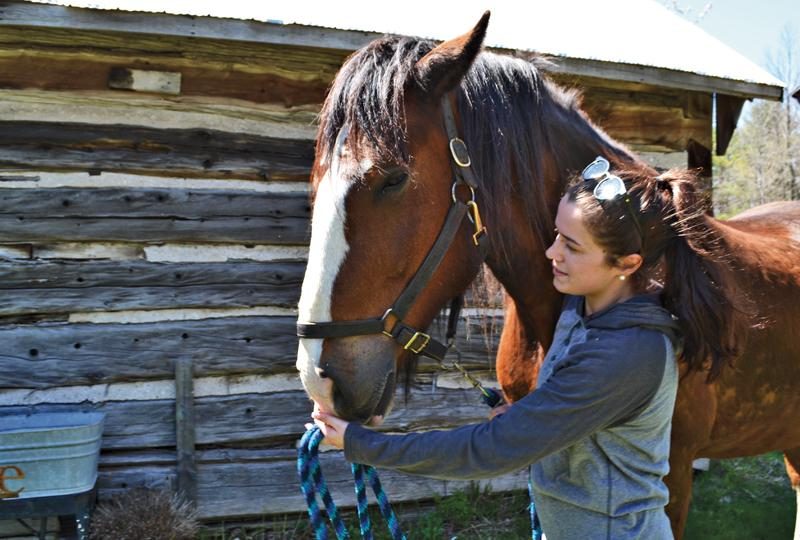Night terrors
My eldest son has night terrors when he’s feverish.
For those who aren’t aware, a night terror is a little like waking from a bad dream, only the dreamer isn’t actually awake. Technically, the dreamer is moving from one sleep phase to another, and begins to act out as if the dream were real. Sometimes the dreamer might yell, thrash, or sit up in bed, seeing things that aren’t there.
In extreme cases, as with my son, he gets out of bed and sleepwalks (usually sleep-runs actually), trying to escape his dreams by hiding in a closet or bathroom. When we come to him, he often doesn’t recognize us, interpreting us as part of his dream-scape. Other times, he’ll recognize us and try to help us escape the monsters too, warning us that we’re in danger, panicking if we don’t follow.
Most people who suffer night terrors will eventually go to sleep again, though they may be very hard to calm. They wake in the morning without any memory of the event. Our son, however, will sometimes refuse to go back to bed, and will instead gradually waken, remembering the last few minutes of the episode.
A child’s night terror, especially the first time, especially when it’s that extreme, can be pretty frightening to parents, but we’ve gotten used to it over the years. In fact, because it almost always happens when he has a fever, we can even predict them now. This past week, however, he gave us a scare.
He burst into our room with all the signs of a night terror coming to an end, complaining that his feet were cold, which they were. They were also wet and dirty. He was still half-dreaming and having trouble answering our questions, but it soon became clear that in his night terror he had crept downstairs to avoid the monsters hearing him, unlocked the door, and gone outside. It was only when he started feeling cold that he began to wake and returned to the house.
As you can imagine, the idea of our 10-year old son wondering half-asleep, disoriented, and barefoot in the snow was scary enough that we didn’t really sleep the rest of the night, laying awake to hear if he would get up again. In the morning I installed some bells on his bedroom door so that he can’t sneak out any more, but it may be some time before my wife sleeps soundly.
The trouble is (as with so many parts of parenting) that we can never plan for every situation. We did our best to make him safe – put his room close to ours, treated his fever, locked the doors – but we never expected that he might sleepwalk right past us and out of the house. We’ve now added bells to his door, and that might wake us next time, but the real terror is that there’s almost certainly something that we still haven’t expected.
For me, this the hardest part of parenting, knowing that even if I do everything right, I can’t guarantee that something won’t happen to my kids. The temptation, of course, is to be hyper-protective, to become a drone parent, but even this doesn’t guarantee anything. It just teaches kids to be unnecessarily afraid.
All I can do is my best to keep my kids safe. I don’t have control over the rest. Accepting this reality is one of the toughest things a parent has to do.
Luke Hill is a stay-at-home father of three boys, aged 10, 8, and 4. He has fathered, fostered, adopted, or provided a temporary home for kids anywhere between birth and university. He has taught college courses, adoption seminars, camp groups, Sunday School classes, rugby teams, not to mention his own homeschooled kids.







